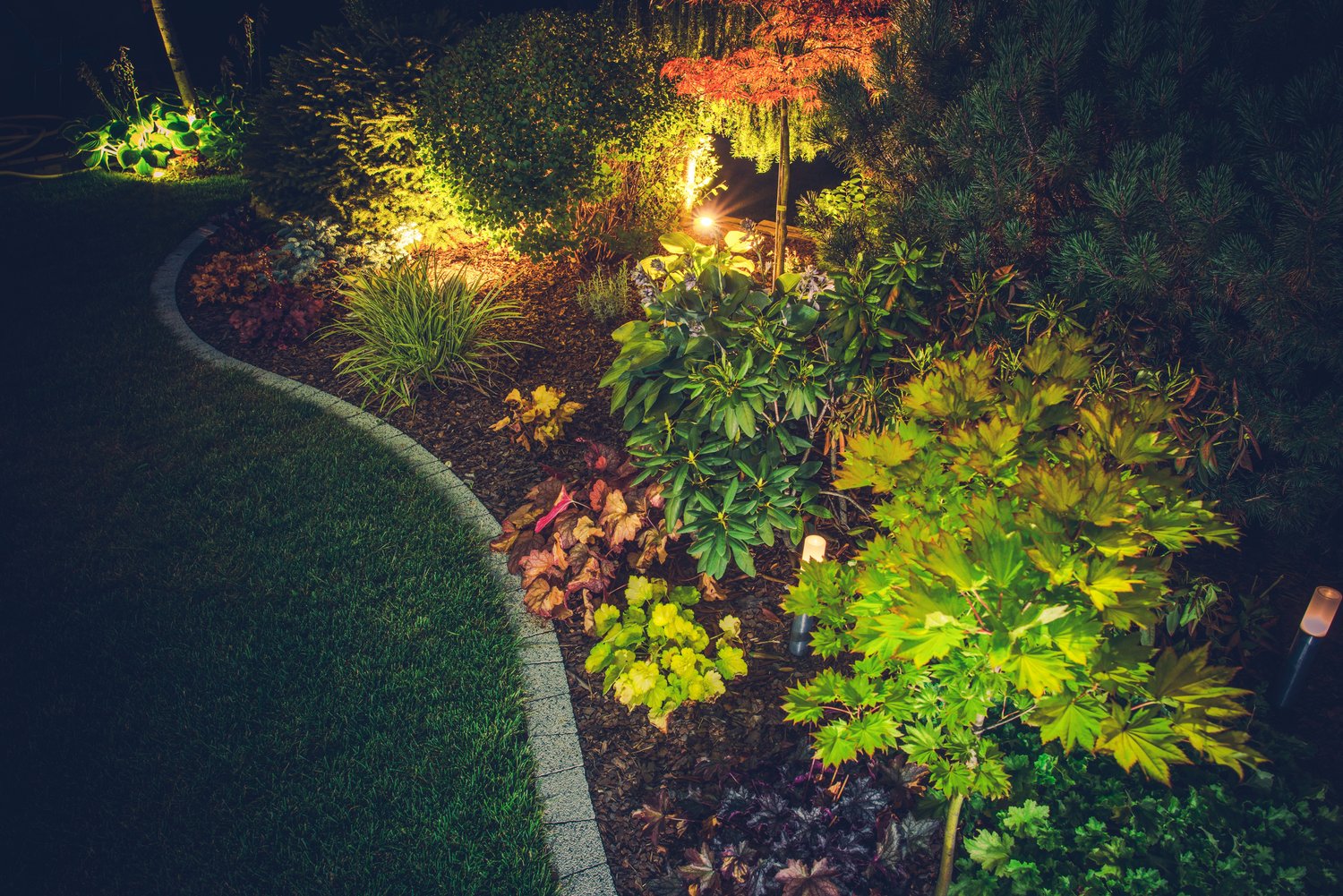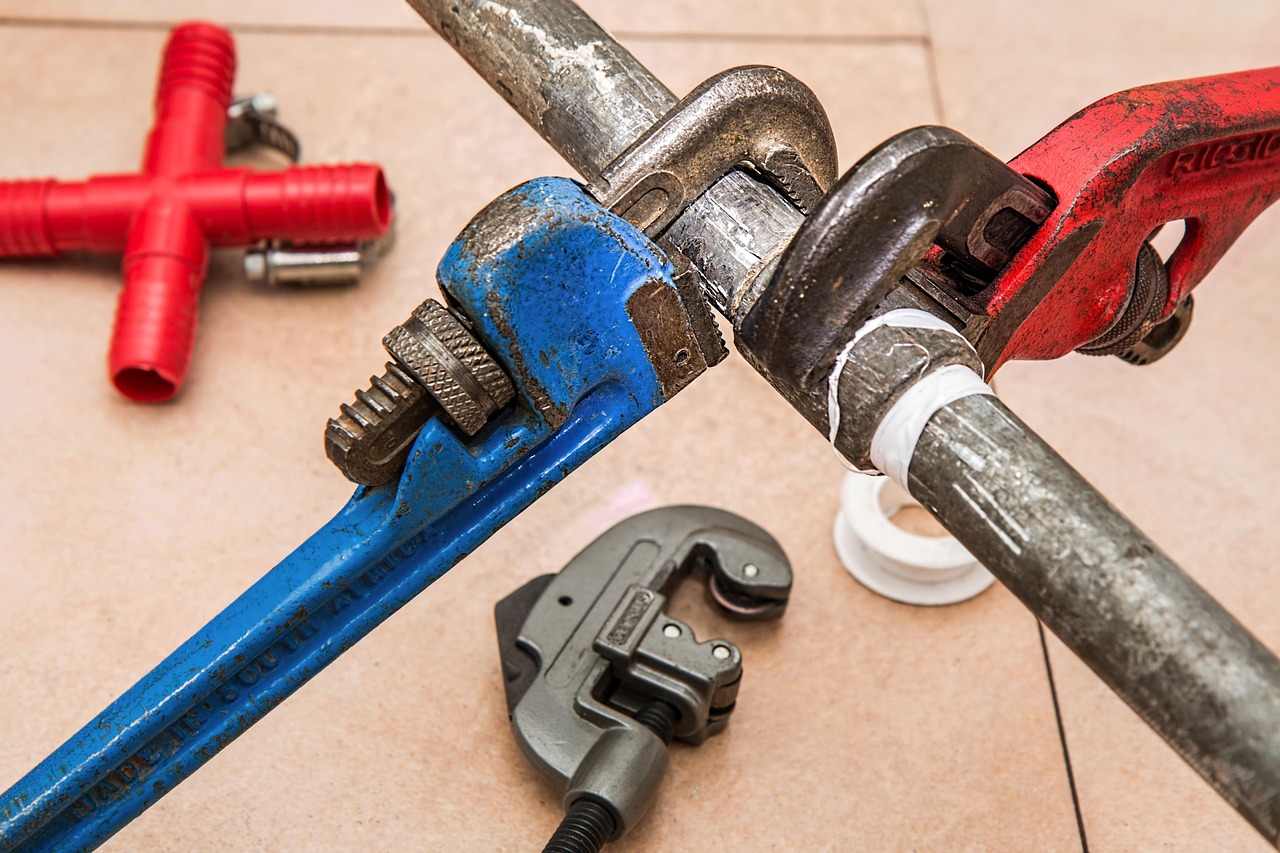Creating an enchanting outdoor space through landscape lighting enhances both the beauty and security of your property. At the heart of any effective low-voltage outdoor lighting system lies the landscape lighting transformer—a crucial component that converts standard household voltage to safe, efficient levels. This article explores the essentials of landscape lighting transformers, the benefits of timer integration, and how smart outdoor lighting control can maximize both aesthetics and energy efficiency while ensuring safe landscape light installation.
Understanding Low-Voltage Landscape Lighting Systems
A low-voltage outdoor lighting system operates on 12-24 volts rather than the standard 120 volts used in household electrical systems. This reduced voltage makes these systems inherently safer to install and maintain, particularly in outdoor environments where moisture and weather exposure are concerns. The primary component that enables this safer operation is the landscape lighting transformer, which steps down the voltage from your home’s electrical supply to the lower voltage required by landscape fixtures.
When selecting a transformer for your landscape lighting, sizing becomes critical. Transformers are rated by their maximum wattage capacity, and you’ll need to calculate the total wattage of all fixtures in your system plus an additional 20% buffer for voltage drop and future expansion. For instance, if your lighting layout includes 15 fixtures at 20 watts each (300 watts total), a 400-watt transformer would provide appropriate capacity with room for expansion.
Most quality transformers feature multiple voltage taps (typically 12V, 13V, 14V, and 15V) that help compensate for voltage drop in longer wire runs. This feature ensures that fixtures farthest from the transformer receive adequate power to maintain consistent brightness throughout your property.
Landscape Lighting Transformer Installation Safety
Safe landscape light installation begins with proper transformer placement. The transformer should be mounted at least 12 inches above ground level in a location protected from direct exposure to irrigation systems. For optimal safety and compliance with electrical codes, hire a qualified electrician or landscape lighting professional through platforms like AskHomey to handle the 120V connection to your home’s electrical system.
The transformer’s output connects to low-voltage cable, typically 12 or 10 gauge, which then runs to your lighting fixtures. All connections should be made with waterproof wire connectors to prevent moisture intrusion and potential shorts. Additionally, burying the cable at a depth of 6-8 inches protects it from physical damage and helps conceal it from view, maintaining the aesthetic appeal of your landscape.
Most transformers include built-in circuit breakers or fuses that automatically disconnect power if an overload or short circuit occurs. This safety feature prevents damage to the transformer and reduces fire hazards, making low-voltage systems significantly safer than line-voltage alternatives for outdoor applications.
Optimizing Efficiency with Landscape Lighting Timer Setup
Integrating a timer into your landscape lighting system dramatically improves energy efficiency by ensuring lights operate only when needed. Traditional mechanical timers offer simple on/off programming based on set hours, while photocell sensors can automatically activate lights at dusk and deactivate them at dawn, adjusting seasonally to changing daylight hours.
Landscape lighting timer setup typically involves connecting the timer directly to the transformer. Most modern transformers feature a timer receptacle that accepts plug-in timers, simplifying installation. Programming varies by model, but generally involves setting the current time and then establishing desired on/off cycles using small pins or digital controls.
For optimal energy efficiency, consider programming your landscape lighting to automatically dim or turn off certain zones during late-night hours when outdoor areas are less likely to be used. This approach maintains security lighting while reducing overall energy consumption.
Advanced Smart Outdoor Lighting Control Options
The evolution of smart outdoor lighting control has transformed how homeowners manage their landscape illumination. Wi-Fi and Bluetooth-enabled controllers now allow complete system management from smartphones or tablets, offering unprecedented convenience and customization options.
These smart systems enable remote adjustment of brightness levels, color temperature (for compatible LED systems), and precise timing schedules. Many integrate with broader home automation platforms like Google Home, Amazon Alexa, or Apple HomeKit, allowing voice control and coordination with other smart home features.
More sophisticated smart controllers offer zone-based management, where different areas of your landscape can operate on independent schedules. For instance, pathway lights might remain on throughout the evening for safety, while decorative accent lighting around gardens or water features could switch off earlier to conserve energy.
Smart systems also provide valuable diagnostic information about system performance, alerting homeowners to potential issues before they become serious problems. This proactive maintenance approach extends the lifespan of your landscape lighting investment and ensures consistent performance year-round.
Maintenance Considerations for Long-Term Performance
Even the best landscape lighting transformer requires periodic maintenance to ensure safe, efficient operation. Quarterly visual inspections should check for signs of water intrusion, pest damage, or loose connections. Cleaning transformer vents prevents overheating, particularly important during summer months when ambient temperatures rise.
Verification of timer accuracy becomes especially important after power outages or seasonal time changes. Most digital timers include battery backups to maintain programming during outages, but these batteries typically need replacement annually to ensure uninterrupted operation.
For more tips and to connect with reliable home service professionals, follow AskHomey on Facebook and Instagram.



